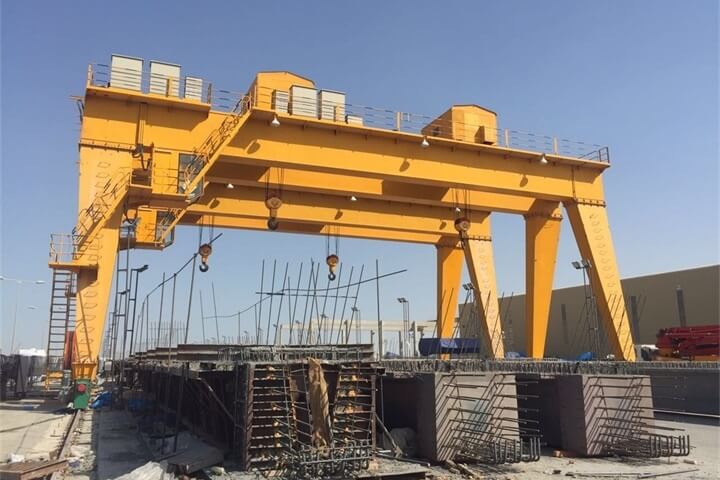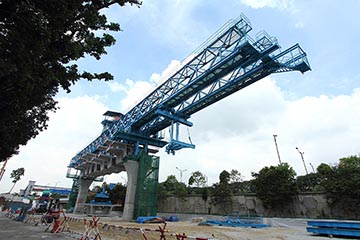

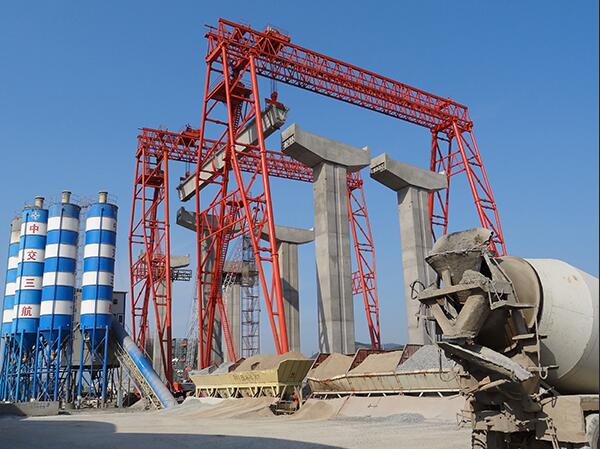
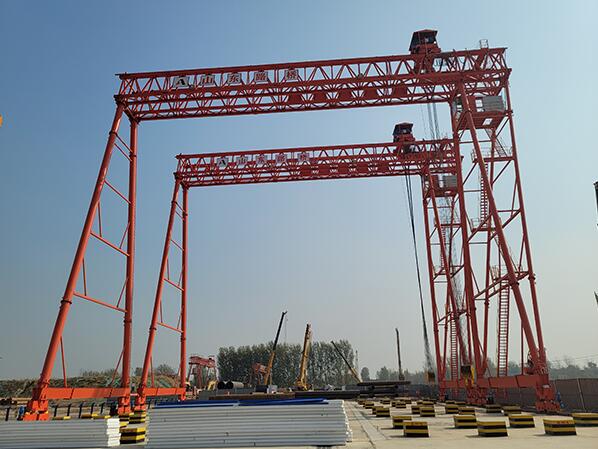
Truss gantry cranes are commonly used in construction and other industries for loading and unloading materials from ships, trains, and trucks. They are also used in warehouses and storage yards to move heavy loads over short distances.
The advantages of truss gantry cranes include their high lifting capacity and stability, as well as their ability to move heavy loads horizontally over a wide area. They are also often more affordable than other types of cranes.

A crane truss structure typically consists of several key components, including:
• Bridge: The bridge is the horizontal beam that spans the distance between the two legs of the gantry crane. It is often made of steel and is supported by the end trucks, which are located at either end of the bridge.
• End trucks: The end trucks are located at either end of the bridge and support the bridge as it moves along the gantry rails. Each end truck typically has a set of wheels or tracks that run along the gantry rails.
• Gantry rails: The gantry rails are the tracks or beams upon which the end trucks move, allowing the gantry crane to move horizontally.
• Legs: The legs are the vertical supports that hold up the bridge and support the weight of the crane and the load it is carrying.
• Trolley: The trolley is a movable unit that runs along the length of the bridge and carries the hoist and hook.
• Hoist: The hoist is the device that lifts and lowers the load. It is usually mounted on the trolley and can be powered by electricity, air, or hydraulics.
• Hook: The hook is the device that is attached to the hoist and is used to lift and move the load.
• Control system: The control system includes the controls that are used to operate the crane, such as the buttons or joysticks that control the movement of the trolley and hoist. The control system can be manual or automated, depending on the specific crane and its intended use.

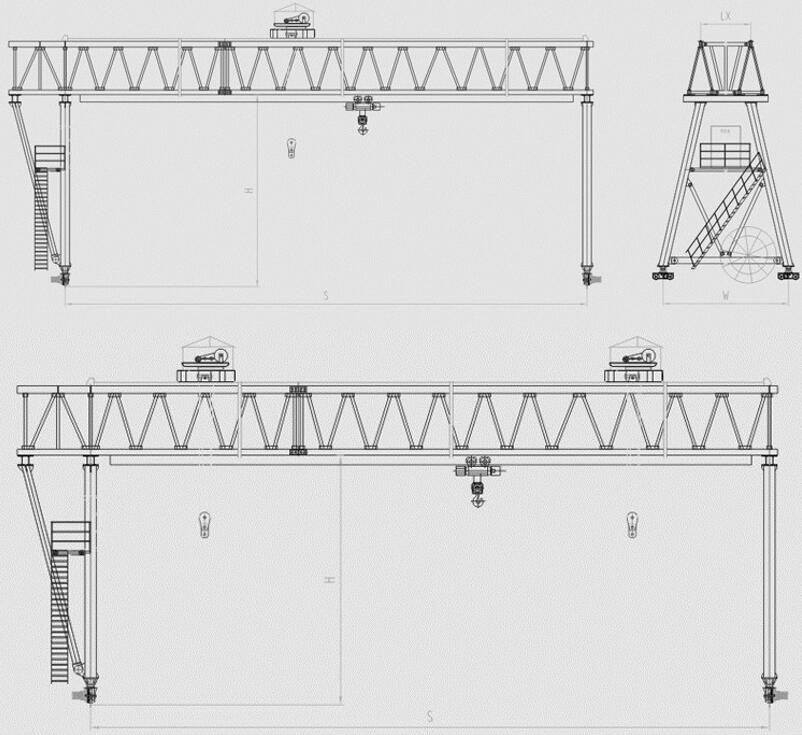
⇒ The main beam structure is a triangular truss, simple and compact structure, with steady performance.
⇒ The truss structure light weight, has strong wind resistance, and the price is relatively cheap compared with the box type.
⇒ The heat-expandable seamless steel outrigger (or truss outrigger) is connected to the main beam and the ground beam through bolts or pins. Easy installation and disassembly.
⇒ Wind resistance level 6, non-working wind resistance level 11.
⇒ Overload, low voltage protective device.
⇒ Preventing the hook from clashing the top, set shields and barriers.
⇒ The crane truss is available with ground controls or cab controls.
⇒ Outdoor cranes are equipped with lifting mechanisms, electrical control boxes, and rainproof devices.
|
Rated load(ton) |
5 |
10 |
16 |
20 |
32 |
|
Span(m) |
10-40 |
||||
|
Lifting height(m) |
30 |
||||
|
Working class |
A3-A5 |
||||
|
Lifting speed(m/min) |
8 |
7 |
3.5 |
3.5 |
3 |
|
Trolley running speed(m/min) |
20 |
20 |
20 |
20 |
20 |
|
Crane running speed(m/min) |
20 |
20 |
20 |
20 |
20 |
|
Dead weight(t) |
10.5~37.5 |
16.8~52 |
18.9~65 |
24.5~77 |
27.5~98 |
|
Number of wheel |
4 |
4 |
4 |
4 |
4/8 |
|
Max. wheel pressure(KN) |
52.5~12.1 |
95~183 |
131~242 |
167~298 |
238~41.5 |
|
Steel track recommended |
P24 |
P38 |
P43 |
P43 |
P43 |
|
Power supply |
3P 220~480V 50/60Hz |
||||
According to the structure of the main girder, the truss gantry can be divided into single girder and double girder gantry crane. The choice of type of lattice gantry crane will depend on a variety of factors, including the weight and size of the load, the height of the lift, available space and the specific application.
Single girder truss gantry crane has a single girder that spans the gap between the legs, and used with CD or MD type electric hoist to lift heavy goods. The girder is usually made of steel and has a truss structure, which provides strength and rigidity without adding unnecessary weight. Single girder gantry cranes are typically used for lighter loads and in situations where headroom is limited. Single girder crane truss can be applied on many different work occasions, such as port, shipyard, railway line and material yard.
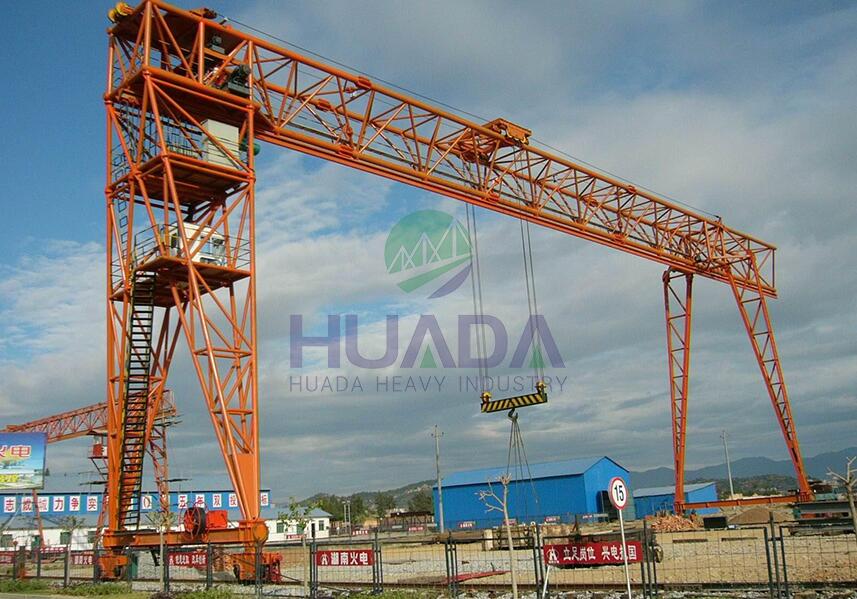
A double girder truss gantry crane is a type of gantry crane that has two girders running along the top of the truss framework. The girders are typically made of steel and are designed to support heavy loads. The truss design provides a lightweight yet strong structure that allows the crane to move heavy loads quickly and efficiently. When the double girder gantry crane has cantilever, there should be saddle equipped with the crane; if there is no cantilever, there is no need to set the saddle on the crane truss.

Double girder truss gantry cranes are used in heavy-duty lifting applications where high lifting capacity and precision are required. They are commonly used in manufacturing plants, steel mills, shipyards, and other industrial settings.
The double girder design of the crane allows for a greater lifting height and capacity compared to a single girder truss gantry crane. The two girders provide greater stability and support for the load, allowing the crane to lift heavier loads without compromising safety.
♦ High lifting capacity: Truss gantry cranes are designed to lift and move heavy loads, often weighing 10 ton to 500 ton. This makes them ideal for industries such as construction, manufacturing, and shipping.
♦ Wide range of movement: Truss gantry cranes can move heavy loads horizontally over a wide area, thanks to their ability to be mounted on wheels or tracks. This makes them ideal for use in large warehouses, storage yards, and shipping ports.
♦ Customizable: Truss bridge cranes can be designed to meet the specific needs of a project. They can be customized to different sizes and lifting capacities, as well as to accommodate different types of loads.
♦ Cost-effective: Truss gantry cranes are often more affordable than other types of cranes, making them a popular choice for businesses that need a heavy-duty lifting solution on a budget.
♦ Weather-resistant design: Truss gantry cranes are designed to withstand wind and other weather conditions, thanks to their sturdy truss structure. This means that they can be used in a variety of outdoor settings, without the risk of damage from adverse weather conditions.


The cost of a truss gantry crane can vary widely depending on a number of factors, including its lifting capacity, size, and features. Generally speaking, smaller cranes with lower lifting capacities will cost less than larger cranes with higher lifting capacities.
As a rough estimate, a small truss gantry crane with a lifting capacity of 1-2 tons could cost around $5,000 to $10,000. Larger cranes with lifting capacities of 10 tons or more can cost upwards of $100,000 or more. However, these prices are highly dependent on the specific needs of the project and may vary significantly from one supplier to another.
Huada Heavy Industry offer a range of strong, durable, and high-performance truss gantry cranes that can be customized to meet your application requirements. If you would like to know more about different types of gantry cranes, please get in touch with our team, send us an email to solution@huadacrane.com, or send us a message online.
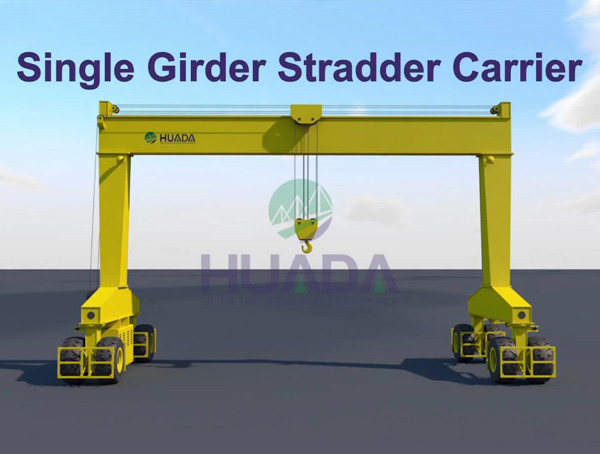

.jpg)

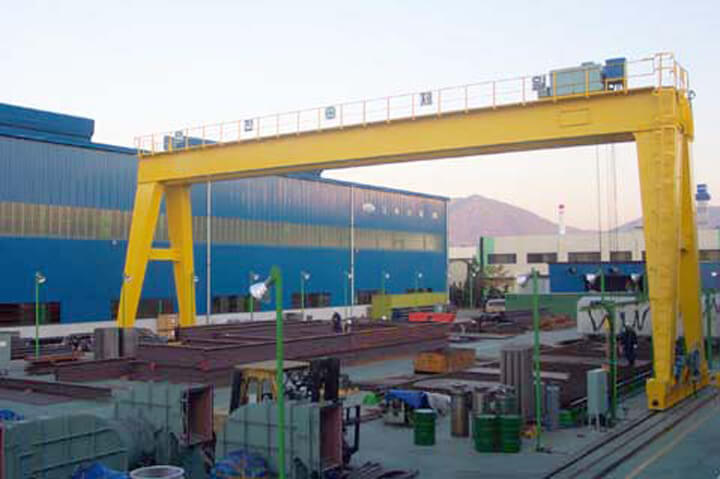
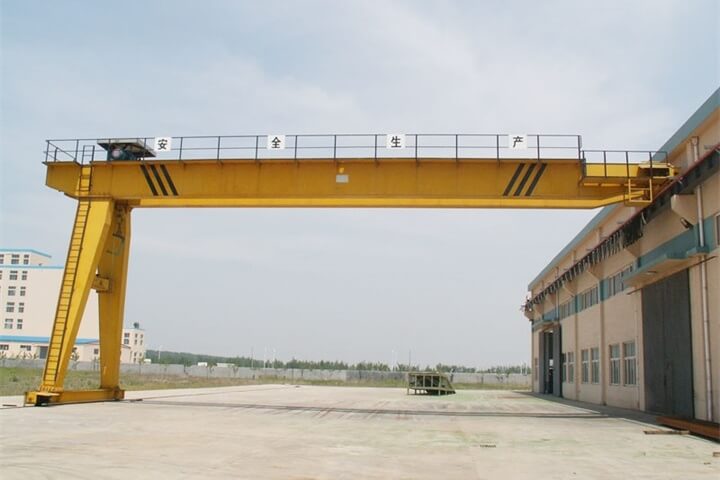
.jpg)
